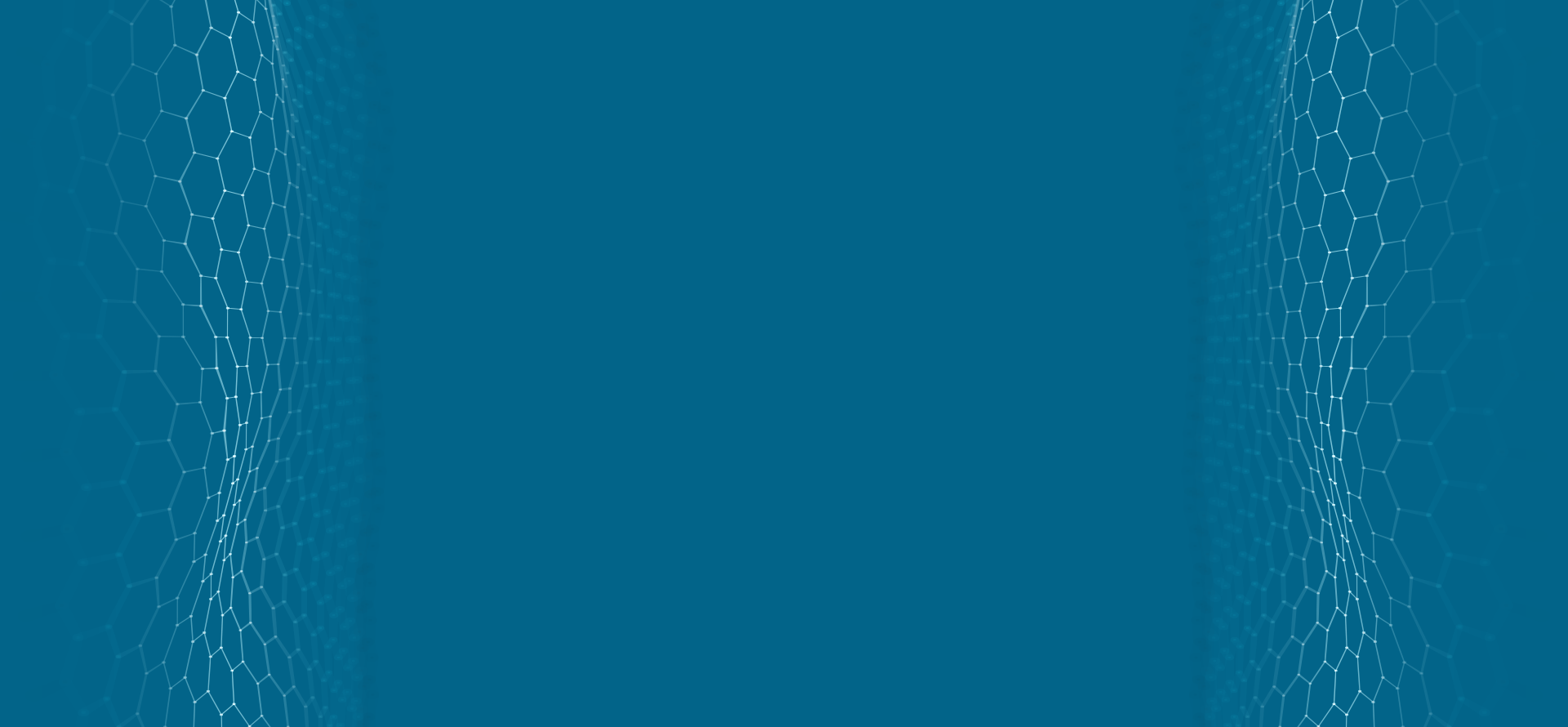Transformation Services
Not Sure Where to Start?
Transformation Services
Not Sure Where to Start?
Transformation Services
Not Sure Where to Start?

Growth Acceleration Partners has a variety of transformation consulting and engagement models to fit your needs. We can perform a complete turnkey project or partial migration, for example, getting the migrated application to compile but you do the verification and validation process. And, of course, the tools are available for you to DIY the project in conjunction with our outstanding support programs.
You get a license to use the conversion tool, which preserves structure, comments, and mnemonic symbols for readability. In-line documentation and support facilitates remaining manual work.
Please note: Our self-service licenses also come with a number of support hours where you can ask our migration engineers any questions.
GAP optimizes the tool for your code, with customizations as needed to guarantee minimum 80% code conversion (typical is 95%+). Correct syntax ensures output code will compile/build.
GAP guarantees converted code runs basic scenarios sufficient to pass initial identified test cases, ready for system QA and debugging.
Alpha Ready will cover minimal test cases to provide the application skeleton
Beta Ready will cover a majority of test cases that cover business critical functionality.
GAP guarantees 100% migration with all agreed test cases passing. Includes warranty period to address any functional equivalence issues.

To ensure that your company gets the support you need, we provide a variety of different levels of services to help you get your application modernized with the right solution.
We offer varying levels of support from Do It Yourself migrations with one of our product licenses to full migrations to production and application rewrites.
The Visual Basic Upgrade Companion uses AI to quickly and efficiently migrate VB6 code to C# or VB.NET and .NET Core (up to .NET 8) or Framework with Windows Forms. Faster than a rewrite, more productive than all other solutions
Unlike a rewrite, VBUC moves existing back-end logic to the new platform, keeping proven and debugged logic and processes intact and dramatically reducing the total defects to be resolved following the migration.
Try out a free trial of VBUC (up to 10K lines of code)!
8834 N Capital of Texas Hwy, Ste 302
Austin, TX 78759
Call us: +1.512.243.5754
info@wearegap.com